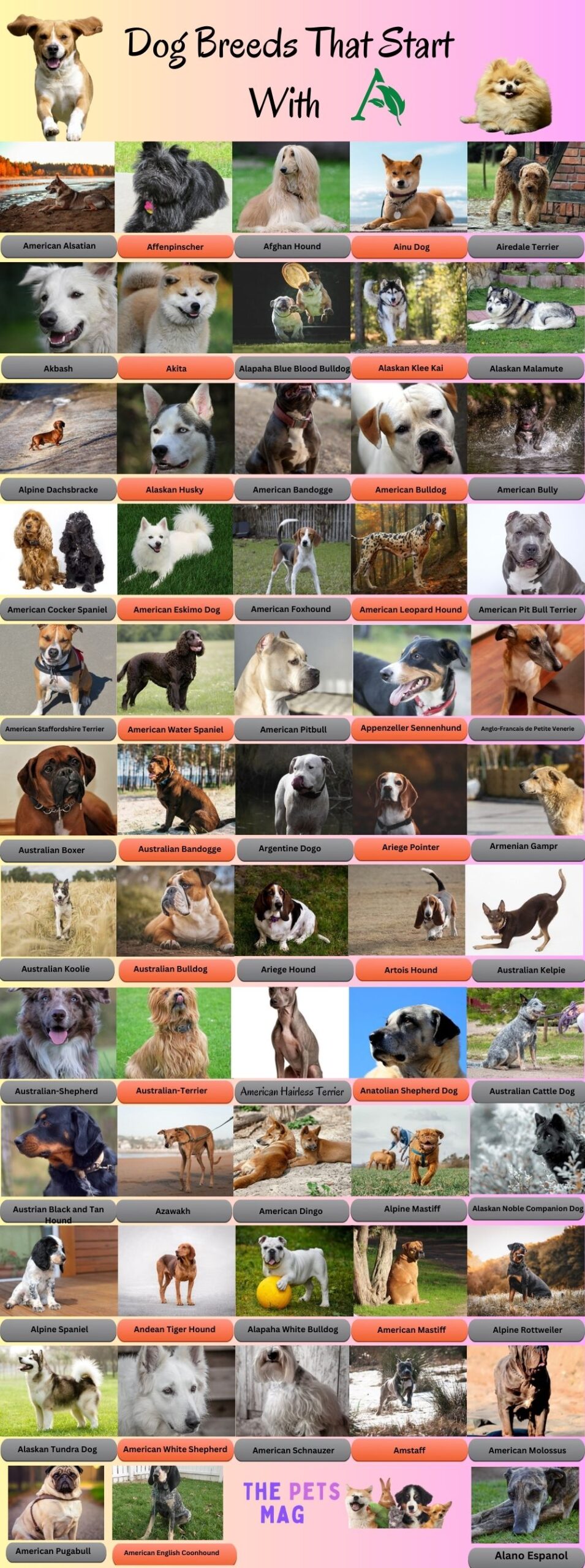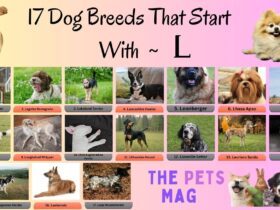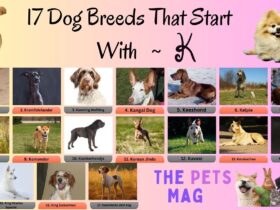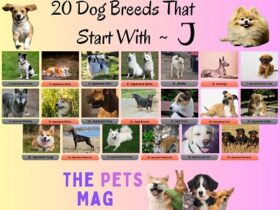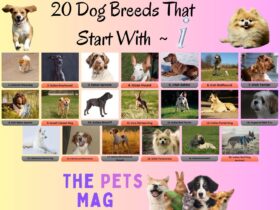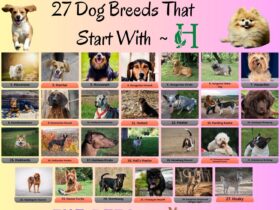Choosing the perfect dog breed is a significant decision, and exploring the vast array of options is the first exciting step. From agile herders to affectionate lap dogs, breeds that start with the letter “A” showcase an incredible diversity of size, temperament, and history. This comprehensive guide delves into 58 amazing dog breeds beginning with “A,” providing you with expert insights into their unique characteristics, care needs, and origins. Whether you’re a seasoned dog enthusiast or searching for your next family member, this deep dive will help you discover the ideal canine companion.
What to Consider When Choosing an ‘A’ Breed
Before we explore the list, it’s crucial to remember that every breed has inherent traits, but individual dogs can vary. Consider your lifestyle:
- Energy Level: Can you match the exercise needs of a high-energy working breed?
- Space: Is your living situation suitable for a large guardian breed or better for a smaller apartment dog?
- Grooming Commitment: Are you prepared for the daily brushing of a long-coated breed or the occasional bath for a short-coated one?
- Family Environment: Do you have children or other pets? Temperament is key.
1. Affenpinscher

Key Traits: Often called the “Monkey Dog” for its expressive face, the Affenpinscher is a confident, curious, and amusing toy breed. Their wiry coat requires regular grooming. They are loyal to their families but can be stubborn, making early training essential.
2. Afghan Hound

Key Traits: The Afghan Hound is an ancient sighthound known for its aristocratic elegance and aloof personality. Their magnificent long, silky coat demands extensive daily grooming. Bred for independent hunting, they are fast, agile, and can be cat-like in their demeanor.
3. Airedale Terrier
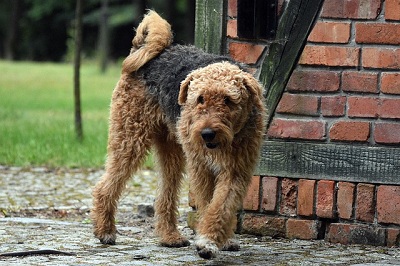
Key Traits: As the largest of the terrier breeds, the Airedale is rightly called the “King of Terriers.” They are intelligent, courageous, and energetic, excelling in various dog sports. Their wiry coat is hypoallergenic but requires professional hand-stripping or clipping.
4. Akbash

Key Traits: The Akbash is a large, powerful livestock guardian dog from Turkey. Known for its calm yet protective nature, it is fiercely loyal to its flock (whether sheep or family). They are independent thinkers and require secure fencing and early socialization.
5. Akita

Key Traits: The Akita is a majestic and powerful breed from Japan, known for profound loyalty and courage (famously exemplified by Hachiko). They are reserved with strangers and often same-sex aggressive, requiring an experienced owner who can provide firm, consistent training and early socialization.
6. Alano Español
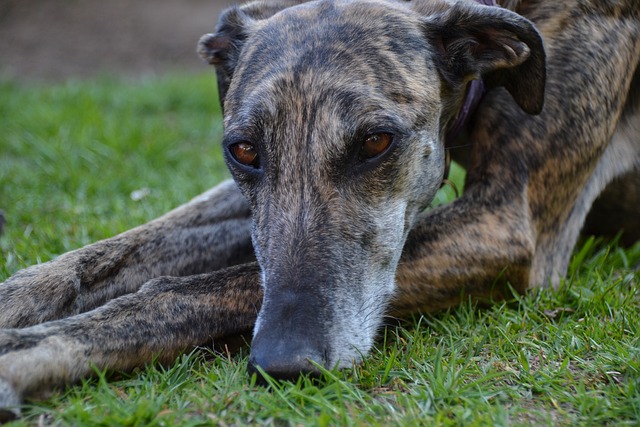
Key Traits: This ancient Spanish breed is a large, muscular molosser known for its tenacity and strong prey drive. Historically used for hunting and holding large game, the Alano Español is intelligent, loyal, and requires significant physical and mental stimulation. They are best suited for very experienced dog owners.
7. Alapaha Blue Blood Bulldog

Key Traits: A rare American breed developed as a plantation guardian. They are powerful, muscular, and deeply protective of their home and family. With proper training and socialization, they can be obedient and loving companions, but they require a confident and knowledgeable handler.
8. Alaskan Husky

Key Traits: Unlike the Siberian Husky, the Alaskan Husky is not a purebred but a type of dog bred explicitly for performance as a sled dog. They are incredibly athletic, have high energy and endurance, and an intense desire to run. They are not well-suited for apartment living and need a job to do.
9. Alaskan Klee Kai
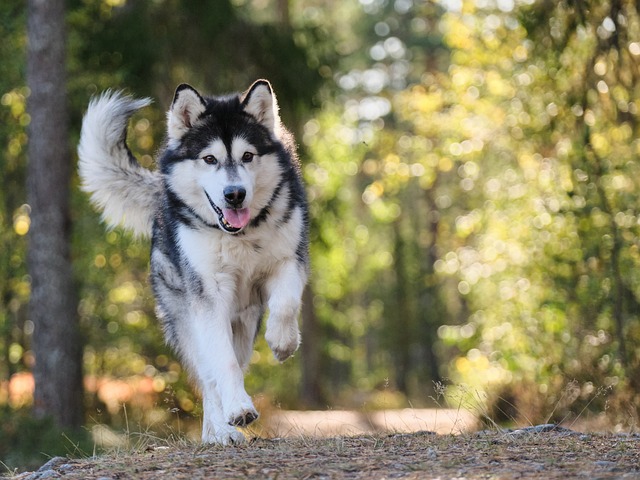
Key Traits: Essentially a miniature version of the Alaskan Husky, the Klee Kai was developed to be a companion-sized dog. They come in toy, miniature, and standard sizes. They are intelligent, energetic, and often reserved with strangers, making early socialization important.
10. Alaskan Malamute

Key Traits: One of the oldest Arctic sled dogs, the Malamute is powerful, strong-willed, and built for endurance, not speed. They are affectionate and loyal with their families but have a high prey drive and can be dominant with other dogs. Their thick double coat requires frequent brushing.
11. Alpine Dachsbracke

Key Traits: This sturdy Austrian scent hound was bred to track wounded deer and other game. They have a excellent nose, a resilient body, and a friendly, confident personality. As a working hound, they require regular exercise and can be vocal.
12. American Alsatian

Key Traits: Bred specifically to resemble the extinct dire wolf, the American Alsatian is a large companion dog. The breeding goal was a calm, confident, and easygoing temperament, making them suitable for families seeking a large, gentle giant. They are not high-energy dogs.
13. American Bandogge

Key Traits: The term “Bandogge” (or Bandog) refers to a type of powerful mastiff cross, historically tethered (banded) during the day and released to guard at night. They are not a standardized breed but are typically crosses like American Pit Bull Terrier and Mastiff. They require an expert owner who can provide immense socialization, training, and secure containment.
14. American Bulldog
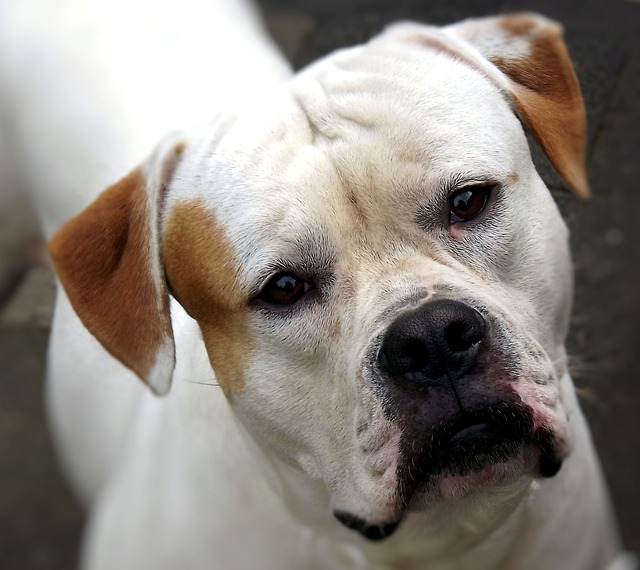
Key Traits: A confident, muscular, and athletic breed that is a symbol of the American working dog. They are loyal family guardians and playful companions. American Bulldogs are generally good with children but require consistent training and plenty of exercise to manage their strength and energy.
15. American Bully
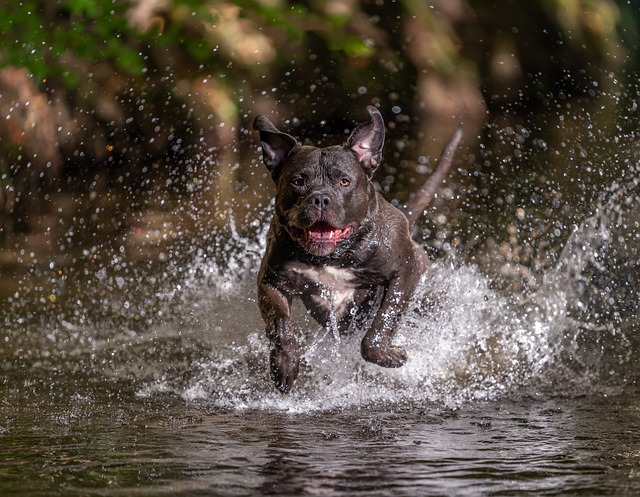
Key Traits: A modern breed developed from American Pit Bull Terriers and other bulldog-types, the American Bully was bred for companionship. They are characterized by their compact, muscular build and blocky head. Despite their intimidating appearance, a well-bred Bully should have a stable, confident, and friendly temperament.
16. American Cocker Spaniel

Key Traits: The smallest member of the Sporting Group, the American Cocker Spaniel is known for its beautiful, long coat, expressive eyes, and merry temperament. They are gentle, happy dogs that make excellent family pets. Their luxurious coat requires dedicated daily grooming to prevent mats.
17. American English Coonhound
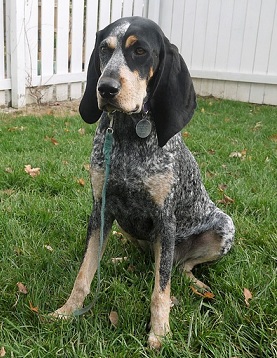
Key Traits: Bred to trail and tree raccoons, this hound is athletic, speedy, and tenacious. They have a classic melodious bay (vocalization) and a friendly, mellow personality when off-duty. Their high prey drive means they need a secure yard and plenty of exercise.
18. American Eskimo Dog
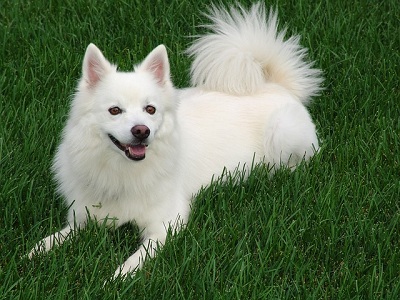
Key Traits: Despite the name, this breed is a member of the Spitz family (German origin). They are known for their brilliant white, fluffy coat and keen intelligence. American Eskimos are highly trainable and excel in obedience and agility, but they can be vocal and require regular mental stimulation.
19. American Foxhound

Key Traits: A cousin to the English Foxhound, the American version is taller and leaner, built for endurance. They are pack hounds with a strong independent streak and an even stronger sense of smell. They are gentle and sweet but can be a challenge to train due to their singular focus on scents.
20. American Hairless Terrier

Key Traits: A spontaneous hairless mutation from Rat Terriers led to this breed. They are energetic, curious, and intelligent like other terriers but lack a coat, making them a potential option for some allergy sufferers. They require protection from sun and cold weather.
21. American Leopard Hound

Key Traits: One of America’s oldest treeing dog breeds, known for its strength, endurance, and versatility in hunting various game. They have a friendly and courageous temperament. Their short, spotted coat can come in a variety of colors and patterns.
22. American Pit Bull Terrier (APBT)
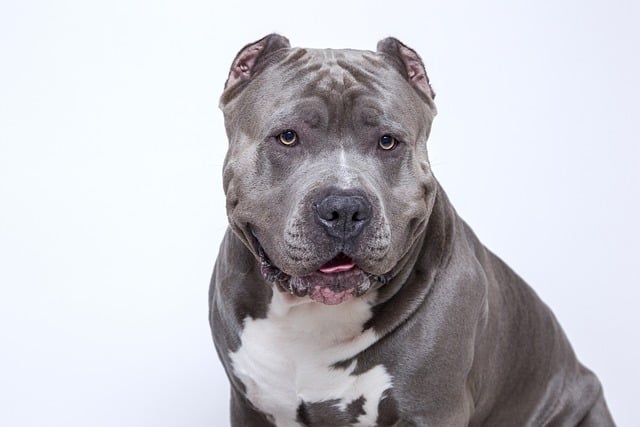
Key Traits: The APBT is an athletic, intelligent, and often misunderstood breed. Historically, they were bred for tenacity and gameness, but well-bred individuals are incredibly people-oriented, loyal, and eager to please. They require responsible ownership, early socialization, and positive training. They are not a breed for novice owners due to their strength and potential dog-aggression.
23. American Staffordshire Terrier (AmStaff)

Key Traits: Slightly stockier than the APBT and recognized by the AKC, the AmStaff shares a similar history. They are smart, confident, and good-natured family dogs when properly trained and socialized. They are known for their courage and affection towards people.
24. American Water Spaniel
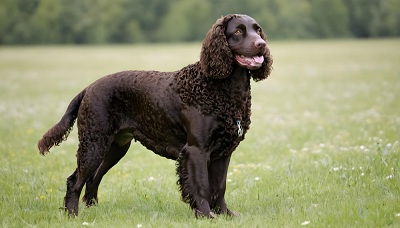
Key Traits: The state dog of Wisconsin, this breed is an all-American original. They are versatile hunters, skilled at both flushing game and retrieving from water. Their curly, waterproof coat protects them from cold water and brambles. They are energetic and make great active companions.
25. Anatolian Shepherd Dog

Key Traits: A majestic and powerful livestock guardian from Turkey, bred for centuries to protect flocks from large predators. They are incredibly independent, intelligent, and protective. They are not a breed for city living and require a job, vast space, and an owner who understands guardian breeds.
26. Anglo-Français de Petite Venerie

Key Traits: This French scenthound is a pack hunter, bred for hunting small game. “Anglo-Français” refers to its mixed English and French hound ancestry. They are friendly with people and other dogs but have a strong hunting instinct and require an active lifestyle.
27. Appenzeller Sennenhund
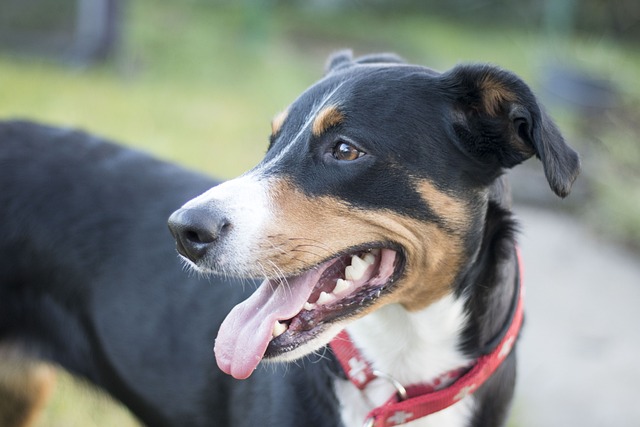
Key Traits: One of the four Swiss Sennenhunds, the Appenzeller is a medium-sized, energetic dog originally used for herding and guarding. They are known for being lively, suspicious of strangers, and very vocal. They need plenty of exercise and a job to channel their intelligence and energy.
28. Ariege Pointer (Braque de l’Ariège)

Key Traits: An ancient pointing breed from the French Pyrenees, known for its elegance and endurance in the field. They are gentle, calm at home, and make excellent companions for active hunters or those who can provide ample outdoor exercise.
29. Ariege Hound

Key Traits: A sleek and speedy scenthound from France, used for hunting hare and other small game. They are known for their excellent nose, persistence, and musical voice. Like most hounds, they are friendly but can be single-minded when on a scent.
30. Armenian Gampr

Key Traits: An ancient landrace livestock guardian breed from the Armenian Highlands. The Gampr is larger and more powerful than many other LGDs, bred to defend against wolves and bears. They are intelligent, independent, and form strong bonds with their families and flocks. They are not a breed for novice owners.
31. Artois Hound

Key Traits: An old French breed, this hound is known for its excellent scenting abilities and stamina in the hunt. They are typically pack animals and get along well with other dogs. They have a friendly demeanor but require significant daily exercise.
32. Australian Bulldog
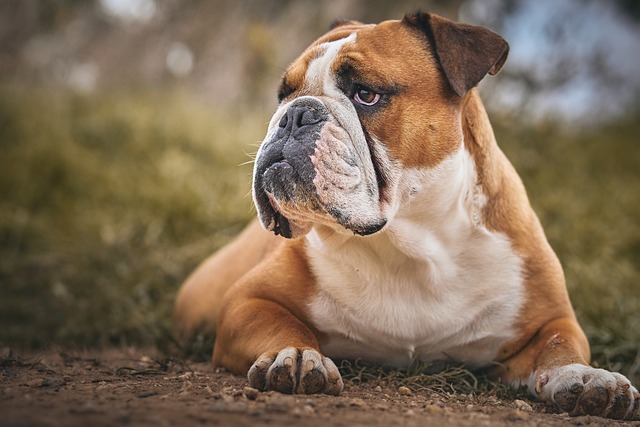
Key Traits: Developed in Australia to create a healthier, more functional bulldog better suited to the climate. They are more athletic and have fewer breathing problems than their English counterparts. They retain the loyal, courageous, and loving nature of the bulldog.
33. Australian Cattle Dog (Blue/Red Heeler)

Key Traits: Renowned for their intelligence, energy, and toughness, Australian Cattle Dogs are built to herd cattle over long distances in harsh conditions. They are incredibly loyal to their owners but can be wary of strangers. They require a tremendous amount of physical and mental exercise to prevent destructive behaviors.
34. Australian Kelpie

Key Traits: A phenomenal herding dog from Australia, known for its agility, intelligence, and unmatched work ethic. Kelpies are famous for using their “eye” to hypnotize livestock. They are not typical house pets and thrive best when given a job, such as herding, agility, or advanced obedience.
35. Australian Koolie
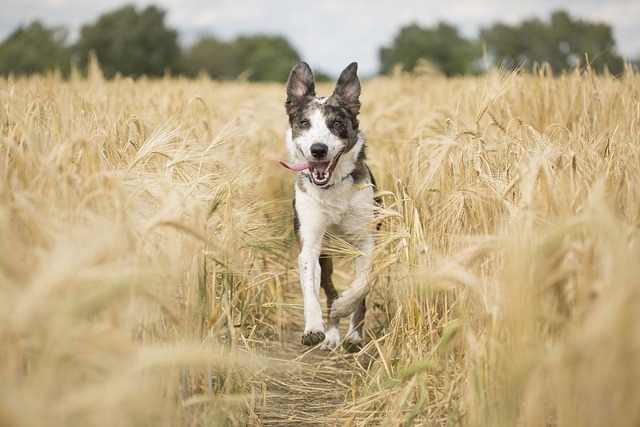
Key Traits: Another highly capable Australian herding dog, the Koolie is known for its versatility in working all types of livestock. They are energetic, focused, and can have a variety of coat colors and eye colors (including blue). Like the Kelpie, they require an active working home.
36. Australian Shepherd

Key Traits: Despite the name, the Aussie was developed primarily in the United States. They are one of the most popular intelligent, energetic, and versatile herding breeds. They excel in dog sports like agility, obedience, and flyball. Their beautiful coat comes in several colors (black, blue merle, red, red merle) and requires regular brushing.
37. Australian Silky Terrier
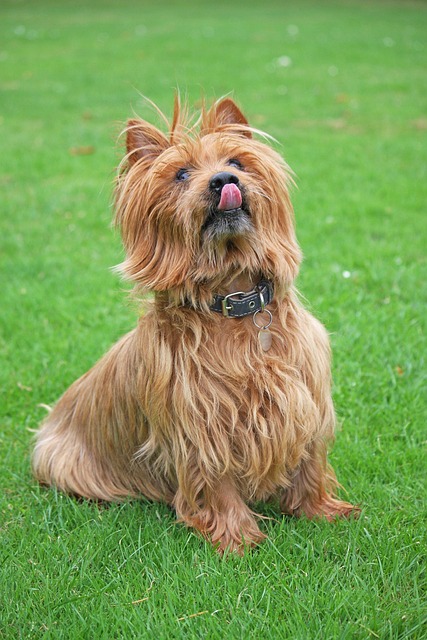
Key Traits: A small toy terrier with a long, straight, silky coat that is blue and tan. They are spirited, alert, and retain typical terrier curiosity and confidence. They make good watchdogs and affectionate companions. Their beautiful coat requires daily grooming to prevent tangles.
38. Austrian Black and Tan Hound
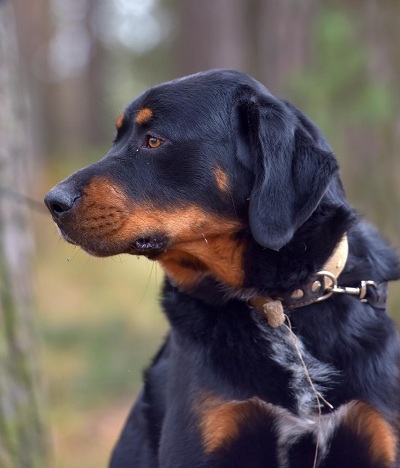
Key Traits: A sturdy, robust scenthound from Austria, bred for tracking wounded game over difficult mountainous terrain. They are known for their perseverance, excellent nose, and calm, even temperament. They are primarily working dogs and need an outlet for their tracking instincts.
39. Azawakh
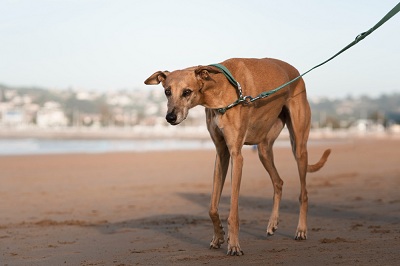
Key Traits: This West African sighthound is known for its breathtaking elegance, extreme leanness, and aloof personality. They are built for speed and endurance in harsh desert conditions. Azawakhs are fiercely loyal and protective of their families but reserved with strangers. They have a unique, cat-like personality.
40. American Dingo (Carolina Dog)

Key Traits: Also known as the Carolina Dog, this is a primitive breed discovered living wild in the southeastern United States. They are intelligent, resourceful, and have strong survival instincts. They can be shy and reserved but form deep bonds with their families. They retain many primitive behaviors like hunting and digging.
More Amazing ‘A’ Breeds
The world of dog breeds is vast! Here are more fantastic breeds that start with the letter A:
- 41. Alpine Mastiff (an extinct ancestor of the modern Mastiff)
- 42. Alaskan Noble Companion Dog (a rare breed focused on companionship)
- 43. Australian Boxer (not a recognized breed, likely a mix or regional line)
- 44. Alpine Spaniel (an extinct ancestor of the St. Bernard and Clumber Spaniel)
- 45. Andean Tiger Hound (not a recognized breed; likely a local hunting dog type)
- 46. Ainu Dog (a Japanese spitz-type breed, also called Hokkaido Ken)
- 47. Alapaha White Bulldog (another name for the Alapaha Blue Blood Bulldog)
- 48. American Mastiff (a newer breed developed for a gentler temperament than English Mastiffs)
- 49. Alpine Rottweiler (not a recognized breed; likely refers to Rottweilers from Alpine regions)
- 50. Alaskan Tundra Dog (a term for sled dogs from specific Alaskan regions)
- 51. Argentine Dogo (a powerful white hunting and guardian breed from Argentina)
- 52. American White Shepherd (a white-coated variety of the German Shepherd Dog)
- 53. Australian Bandogge (an Australian line of Bandogge mastiff crosses)
- 54. American Schnauzer (not a recognized breed; likely refers to Schnauzers bred in the US)
- 55. Amstaff (a common nickname for the American Staffordshire Terrier)
- 56. American Molossus (a modern recreation of an ancient molosser type)
- 57. American Pugabull (a designer cross between an American Bulldog and a Pug)
- 58. American Curly Horse Retriever (a rare breed known for its curly coat and retrieving ability)
Finding the Right ‘A’ Breed for You
This list highlights the incredible variety within just one letter of the alphabet. Remember, choosing a dog is a long-term commitment. Thoroughly research any breed you’re interested in. Reputable breeders who health-test their dogs are the best source for purebred puppies. Also, consider checking local shelters and breed-specific rescues—you might just find an amazing “A” breed mix waiting for a loving home!
Conclusion: Your Perfect ‘A’ Companion Awaits
From the tiny Affenpinscher to the massive Armenian Gampr, dog breeds that start with ‘A’ offer something for everyone. Whether you need a dedicated working partner, a gentle family guardian, or an energetic sporting companion, this diverse group has you covered. The key to a successful match is honest reflection on your lifestyle and a commitment to providing the training, exercise, and love your chosen breed requires.
Ready to find your match? Use this guide as a starting point for your research. Reach out to national breed clubs, talk to reputable breeders, connect with rescue organizations, and if possible, meet the breed in person. Your perfect furry friend is out there, and its name might just begin with the first letter of the alphabet.


